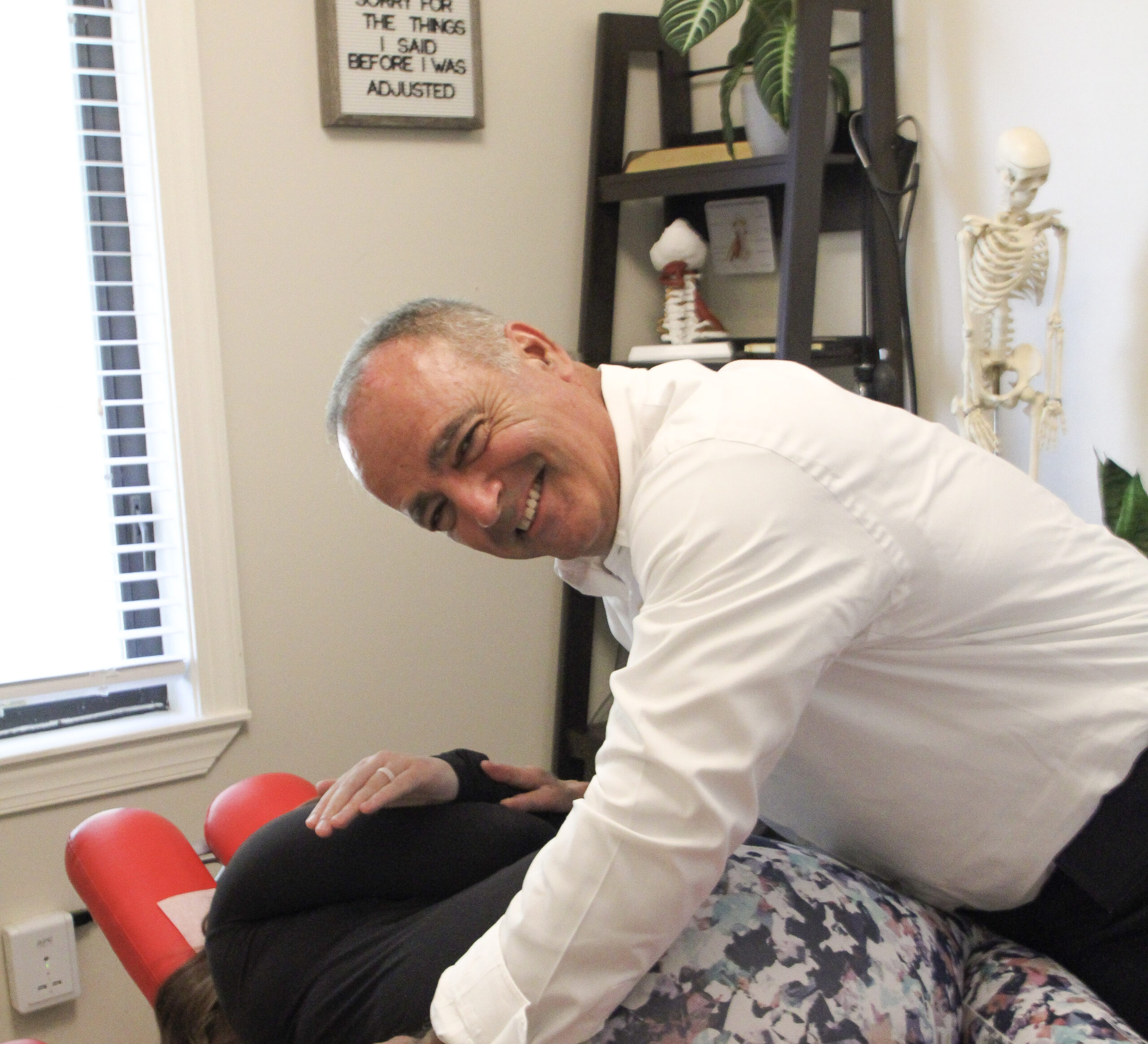Adjusting Techniques
Your first visit to the chiropractor does not have to be unpredictable. If you are thinking of visiting a chiropractor, it’s probably because you think you need to be adjusted. It turns out that the adjustment experience differs remarkably from office to office and that among the reasons for this is that there are very many different Chiropractic techniques. Chiropractic techniques can be very different from one another and if you’re thinking of visiting a chiropractor it’s probably worth your time to take a deeper dive into what a chiropractic technique is.
A chiropractic technique is a treatment protocol consisting of some form of assessment which identifies a disorder and then defines a treatment or intervention for that disorder. It can fairly be said that at the center of any Chiropractic adjustment is some application of motion. Motion is very Central to life. There are many body types and conditions not surprisingly there are many ways to arrive at the motion that the chiropractor calls an adjustment. Most chiropractors employe either manual techniques or instrument assisted techniques or some combination of the both. In arriving at the Chiropractic assessment component of any technique it can be fairly said that most considerations of assessment are either top down or bottom up.
The top down of Chiropractic assessment involves the reality that your brain controls your body and that a more robust, complete, or uninhibited control process is arrived at by eliminating obstructions or entrapments. The Chiropractic adjustment is then intended to rectify those disorders. The bottom up thinking of Chiropractic looks at the body as the mechanical assembly or chain that it is. In identifying mechanical aberrations that are consistent with the presenting disorder, making corrections to that the disorder can be resolved. Central to the idea Chiropractic intervention is that the Chiropractic process treats fundamental disorders as opposed to being treatment of symptoms only.
Popular manual (done by hand) adjustment techniques include Diversified and Gonstead and certain aspects of the treatment of tissues is often performed manually as well. These are techniques of adjustment that can result in audible releases that often get described as “being cracked”. It is worth noting that the chiropractor doesn’t crack anyone’s bones; the adjustment process happens at the joints. The restoration of normalcy of joint motion is one of the huge and often overlooked benefits of the Chiropractic process.
Instrument assisted adjusting can include handheld adjustment devices such as an Activator adjusting instrument or a mechanized table such as a drop table but is not limited to these things. Instrument assisted adjusting can include manual adjusting components.
Treatment here at Grovetown Chiropractic includes, from the very first day, the objective of seeing that you get adjusted and stay adjusted. Embracing such a lofty goal can be complicated and we have spent many years finding a way to Define this process in its elements such that we are able to guide people to health, strength and wellness goals that many considered beyond their reach. It’s very common for people to come to us for care with Bleak pictures of their own state, expecting to embark long and difficult care process only to discover that success was well within their grasp with the right guidance of vision and process.
Dr seals prefers manual adjusting techniques which can yield the most immediate and Lasting results but also employees low force and instrument assisted measures such that we arrive at the best combination of patient experience and optimized outcomes.

